|
Autumn and I were supposed to travel to the Cook Islands in September, but due to COVID-19, our trip was cancelled and put on hold for the time being. Feeling disappointed, we decided to take a week-long trip to beautiful Palm Springs, CA. Palm Springs has been one of our regular weekend getaways for the past two years now, providing a much-needed escape from the city life of Los Angeles and long hours spent at the office. Warm weather, an abundance of pools, and appreciation for everything retro and nostalgic make it the perfect desert oasis getaway for those seeking an easy and accessible escape. The following suggestions are based solely on our personal experiences, so there may be some additional things that are worth seeing. Be sure to do your own research as well – that’s half the fun of traveling! Palm Springs - Brief History and Influence on Tiki The following history of Palm Springs was heavily informed by the Palm Springs official city website (link here) and Wikipedia (link here): For thousands of years, the Coachella Valley was home to the Agua Caliente Band of Cahuilla Indians. During the winter months, they established their village around the natural hot mineral springs (current site of the Spa Resort Casino). In summer, to escape the extreme temperatures of the desert floor, the small band moved to the canyons where it was more comfortable because of the higher elevation. In 1884, Judge John Guthrie McCallum of San Francisco and his family became the first non-Indians to settle here. McCallum, with the assistance of local Indians, built a 19 mile stone-lined ditch from the Whitewater River into Palm Springs bringing in pure, precious water for irrigation. Dr. Wellwood Murray, of nearby Banning, opened Palm Springs' first hotel, called the Palm Springs Hotel, which was conveniently located directly across the road from the Indian bathhouse where his guests could take advantage of its warm, curative waters. In 1909, Dr. Harry and Nellie Coffman started their sanitorium, The Desert Inn, which was originally a place for those suffering from tuberculosis. The Inn later became a world-renowned resort hotel catering to the very wealthy, which included captains of industry and well-known millionaires such as the Vanderbilt and Hearst families. Hollywood discovered Palm Springs as early as about 1919. The desert was considered a choice filming spot for many silent films, and stars such as Rudolph Valentino, Ernest Torrence, and Theda Bara could be easily spotted in town. Since then, Palm Springs has become known as "The Playground of the Stars." Many have had homes in the city or have stayed at famous places such as the El Mirador Hotel and Charles Farrell's Racquet Club. Post-World War II, architectural modernism flourished within the city. Inventive architects designed unique vacation houses, such as steel houses with prefabricated panels and folding roofs, a glass-and-steel house in a boulder-strewn landscape, and a carousel house that turned to avoid the sun's glare. Palm Springs architecture became the model for mass-produced suburban housing, especially in the Southwest. This "Desert Modern" style was a high-end architectural style featuring open-design plans, wall-to-wall carpeting, air conditioning, swimming pools, and very large windows. In addition to architecture, Hollywood values permeated the city of Palm Springs as it combined celebrity, health, new wealth, and sex. As Lawrence Culver (2010) explains: "The bohemian sexual and marital mores already apparent in Hollywood intersected with the resort atmosphere of Palm Springs, and this new, more open sexuality would gradually appear elsewhere in national tourist culture." Serving as a desert oasis escape for celebrities and Los Angelenos, Palm Springs flourished around the same time as the tiki craze which was taking over Hollywood in the mid-19th century. As a result, many of the local hotels and bars were heavily influenced by the movement, some of which still stand to this day (see below for some of those tiki bars and resorts). When to Go We suggest taking your trip in late spring/early summer (April, May, or June) or late summer/early fall (September or October), when the weather is ideal for walking around the city or enjoying a drink by the pool. The height of summer (July, August) is also a fantastic time to visit, but the weather is sure to be on the hotter side (around 115 degrees Fahrenheit or so). Additionally, the following local festivals occur annually in Palm Springs. You may want to consider planning your trip around one of these events:
Where to Stay Where you stay heavily depends on the type of trip you are looking for: Weekend escape, rest and relaxation, or downright party vibes. We typically look for a relaxing and tropical atmosphere, opting to stay at Airbnbs or one of the local hotels. Here are some of our top suggestions:
What to Do Our trips to Palm Springs are typically meant to be an escape from work and city life, so we frequently spend our time near a pool with a cocktail in hand. However, the city has a lot to offer when it comes to both relaxation and stimulation. Here are some of our favorite things to do (however, many of these activities are currently closed due to COVID-19, so be sure to check the websites if you are planning a trip soon):
Where to Eat Palm Springs plays host to a large variety of wonderful restaurants, providing dining options for just about any eater. There are plenty of upscale restaurants if you are looking for an especially memorable meal or event, as well as an abundance of no-frills eateries for a quick-but-satisfying bite to eat. Here are some of our suggestions:
Where to Drink
Palm Springs has a thriving enthusiasm for all things retro and nostalgic, including tiki bars which were popularized right as Palm Springs grew into its own. In many ways, Palm Springs seems perpetually locked in the 1960s, which provides a perfect backdrop for tropical drinks and bars, making it an ideal destination for tiki-enthusiasts. Here are some of our favorite tropical bars from our trips (however, this is just the tip of the iceberg):
We hope you enjoyed our guide to Palm Springs - please share your own travel tips or suggestions in the comments section! Wayward Spirits
1 Comment
In May of 2019, Autumn and I had the pleasure of visiting the small Central American country of Belize. What we found was an adventurous tropical paradise – home to beautiful beaches, reefs for snorkeling/ scuba diving, dense jungles, Mayan ruins, caves for exploring, and so much more. If you are planning your next exotic getaway, I highly recommend Belize as a port less traveled. The following suggestions are based solely on my personal experience and trip, so there may be some additional locations and attractions that are worth seeing. Be sure to do you own research as well – that’s half the fun of traveling! Belize - Brief History and Influence on Tiki: The history of Belize is equal parts mysterious, unique, eclectic, and downright chaotic. Belize was early home to the Mayans, who built a powerful and sophisticated civilization throughout Central America and in neighboring countries of modern-day southern Mexico, Guatemala, El Salvador, and Honduras. The Mayan civilization peaked in the 6th - 8th century, but mysteriously vanished around the 14th century (not long before the Spanish arrived in the 16th century). For a brief period, Belize was inhabited by the Spanish as they explored the new world and established ports throughout the Caribbean and central Americas, however, English and Scottish privateers posed a challenge to this rule in the 17th century, settling in Belize for its rich resources and fruitful jungles. In 1789, Britain officially gained full control of Belize from Spain after defeating the Spanish Armada off St. George's Caye. While the United States was embroiled in Civil War, Great Britain declared Belize to be the colony of British Honduras. This colonization lasted for nearly 200 years, with self-governance being granted by the British government in 1964, and Belize gaining full independence in 1981. With its long history of colonization, Belize was heavily influenced by foreign cultures in the way of language, social structures, politics, trade, and agriculture. Today, the country draws from the lifestyle and palate of many of its Caribbean neighbors – including language (Creole, English, and Spanish), rum (cane juice and coconut rums), fruits, and spices. Belize arguably has more in common with its Caribbean island neighbors than its bordering Spanish-speaking countries. Known for its laid-back island lifestyle, vast jungles, and an underwater world of neon fish and twisted coral, Belize is a true tropical treasure. When to Go
Many travel websites and experts will tell you that the best time to visit Belize is between the months of November and April, during the country’s dry season. We suggest taking your trip in May, that way you can avoid the April crowds and potentially score lower prices on hotels/ activities. Beware though, there is a slightly higher risk of rain in May, so be prepared for some potential weather. Additionally, the following local festivals occur annually in Belize. You may want to consider planning your trip around one of these events:
|
Author John Enoch Archives
February 2022
Categories
All
|


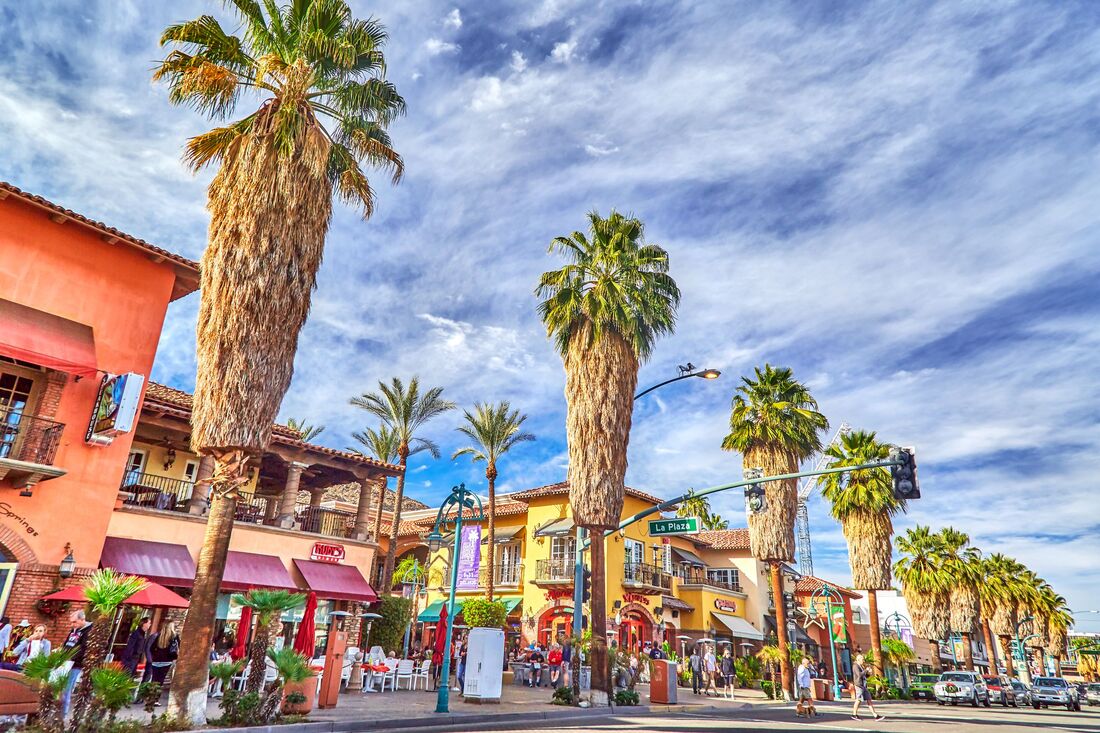
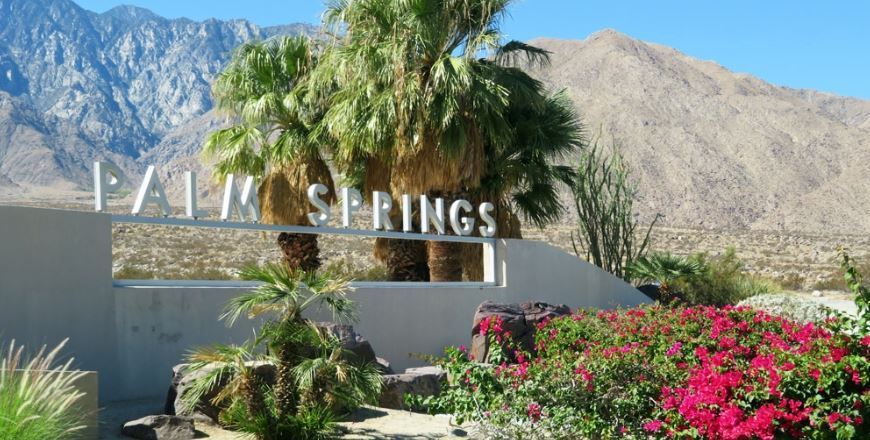
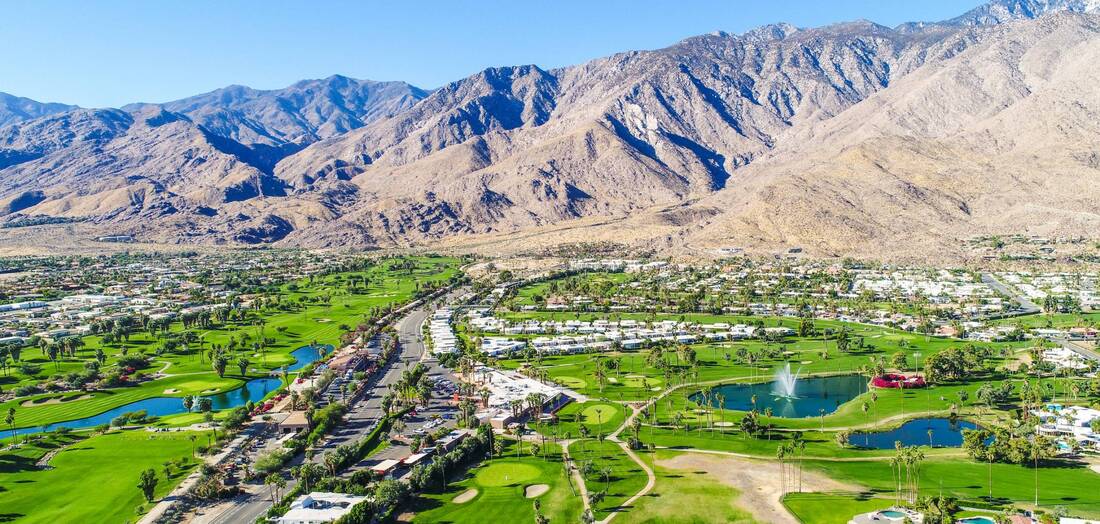

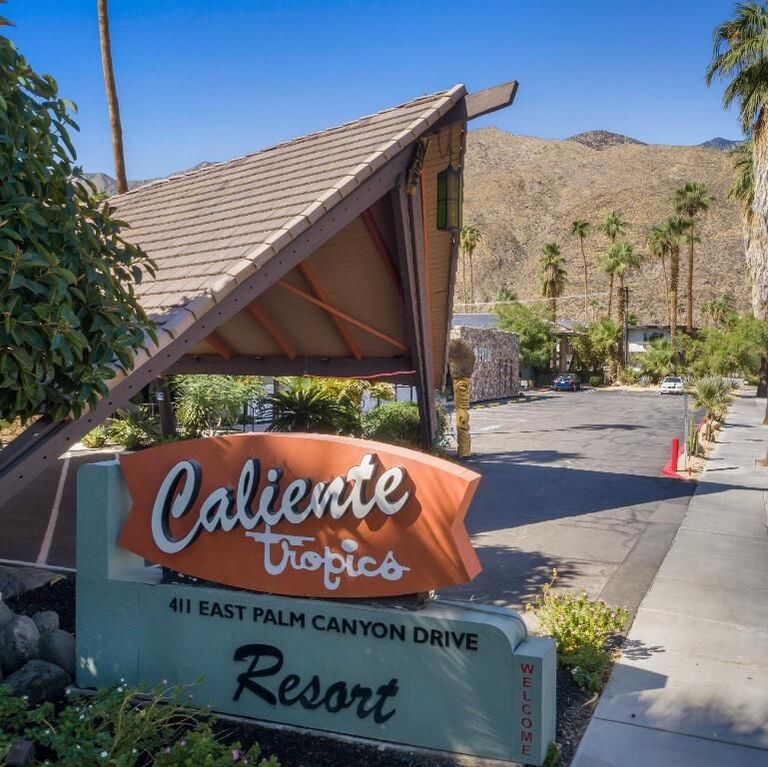
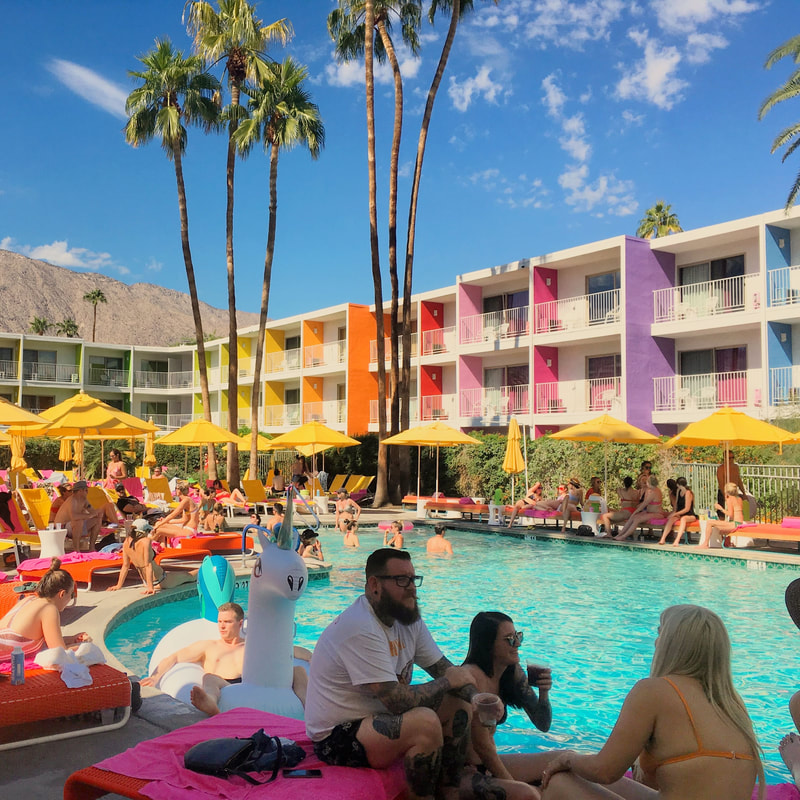

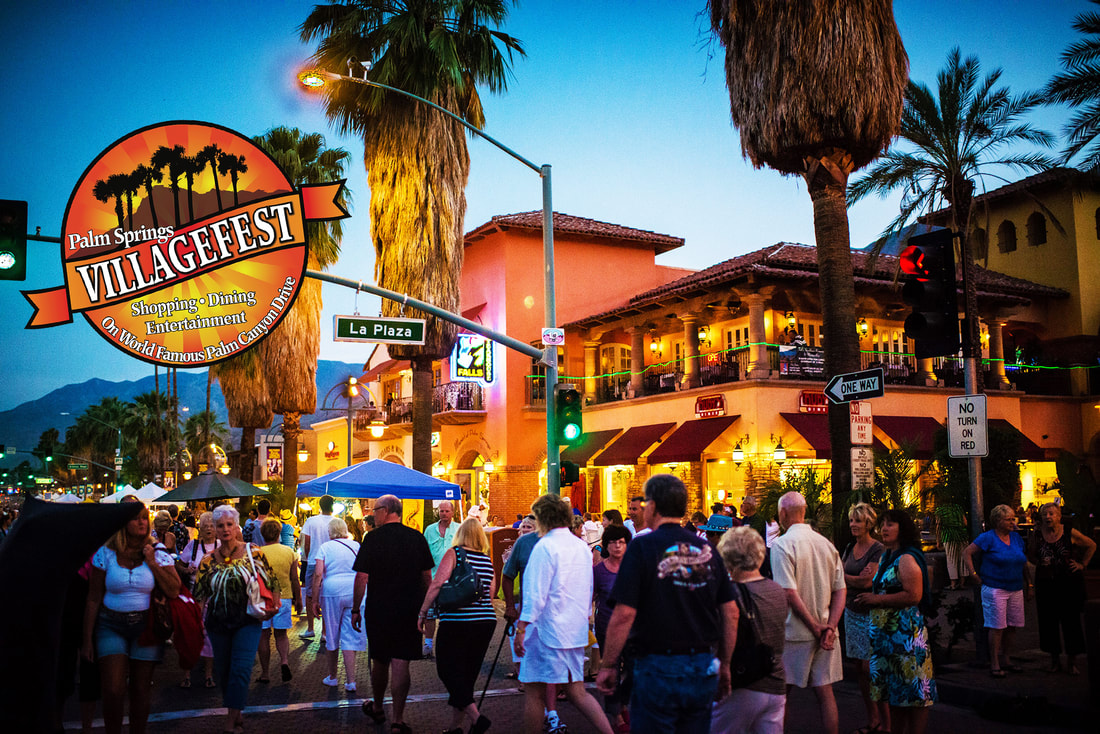

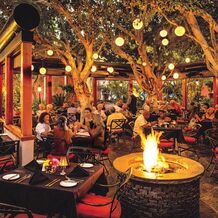
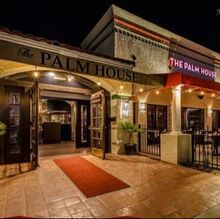



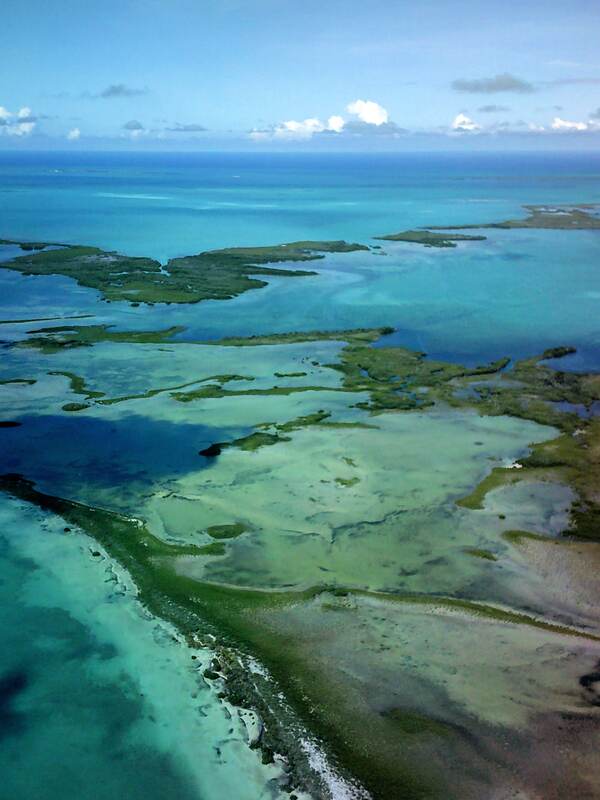

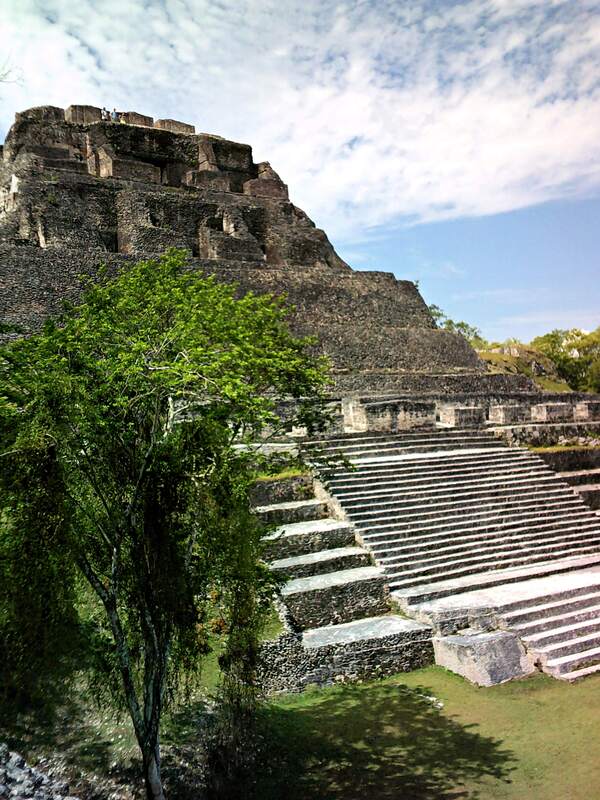
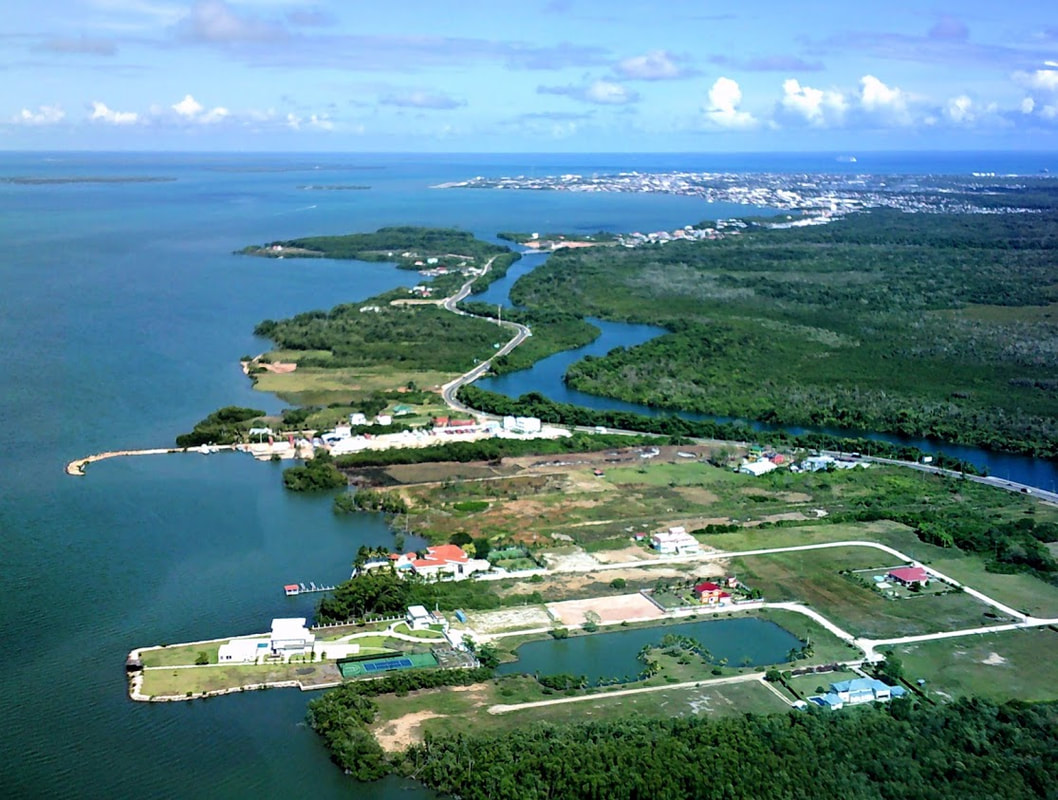
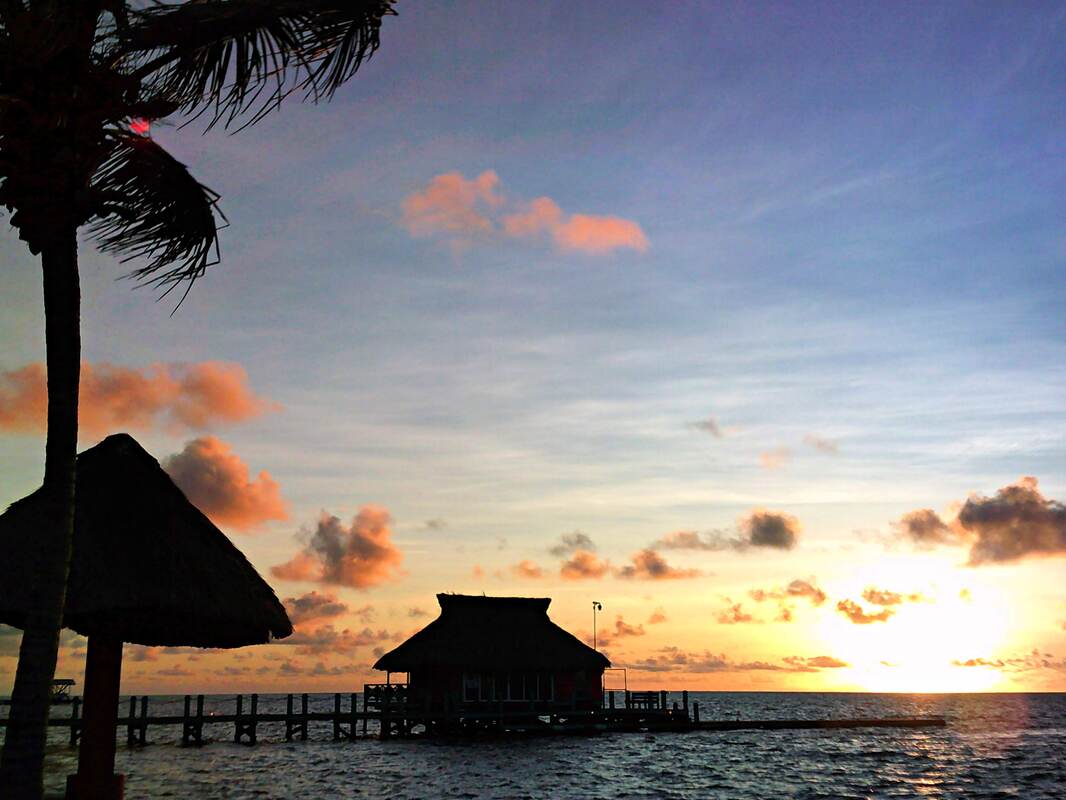
 RSS Feed
RSS Feed
